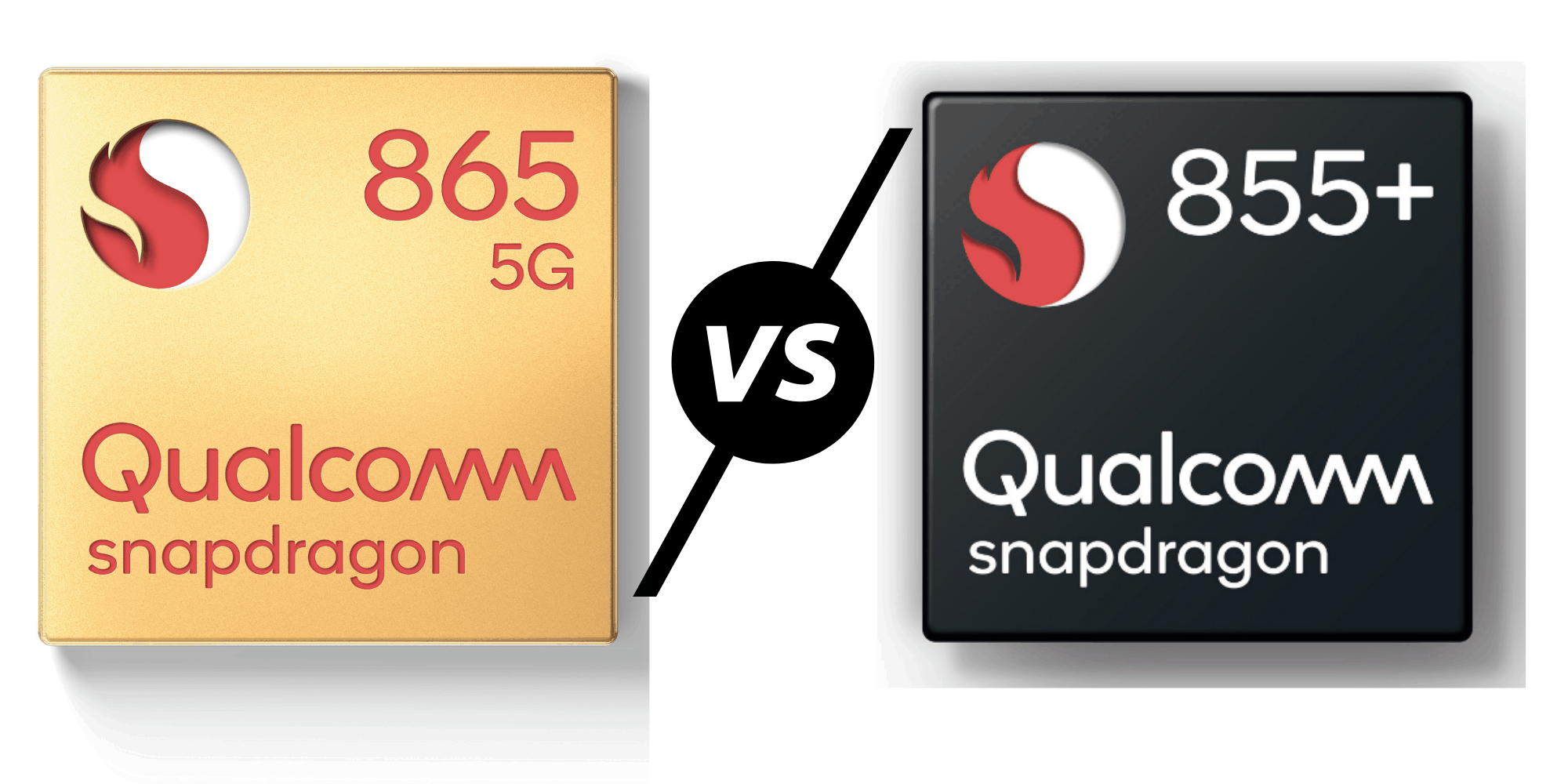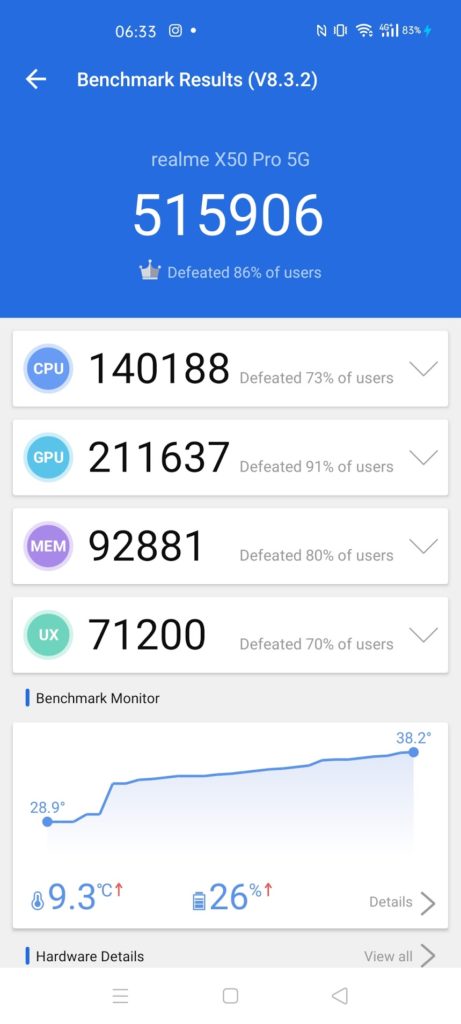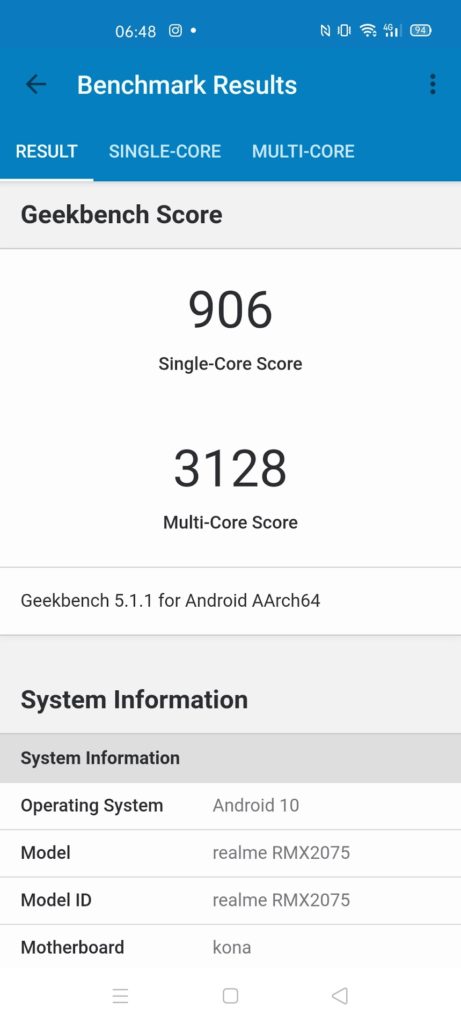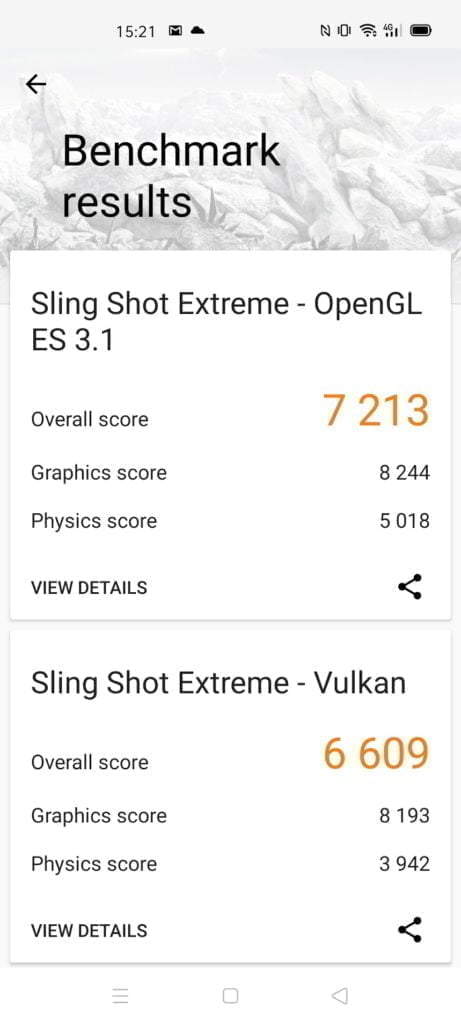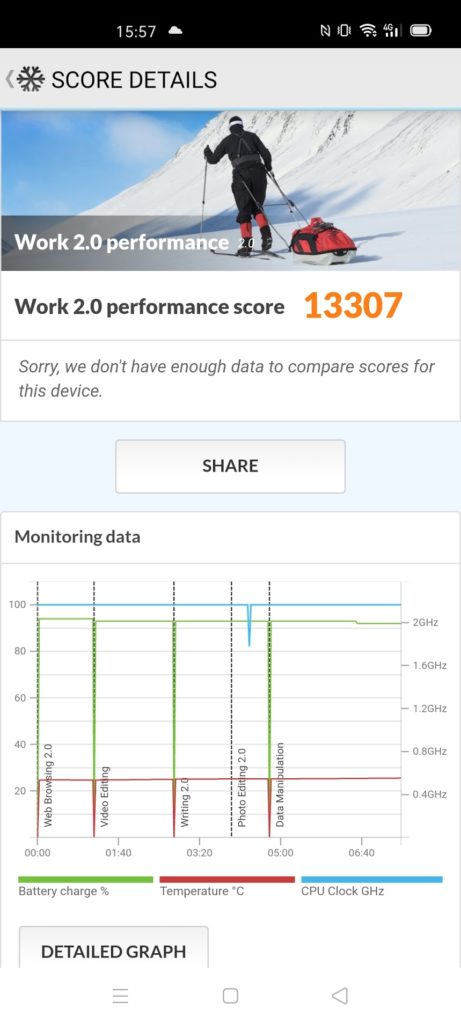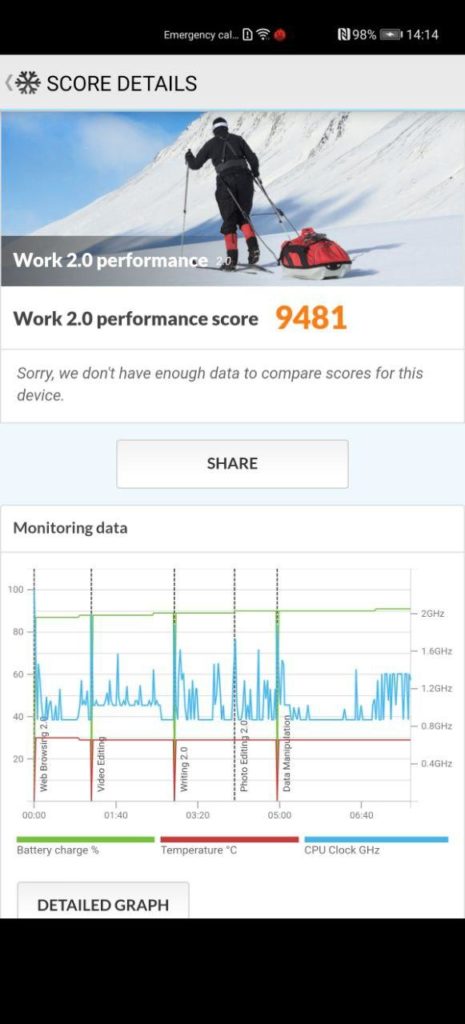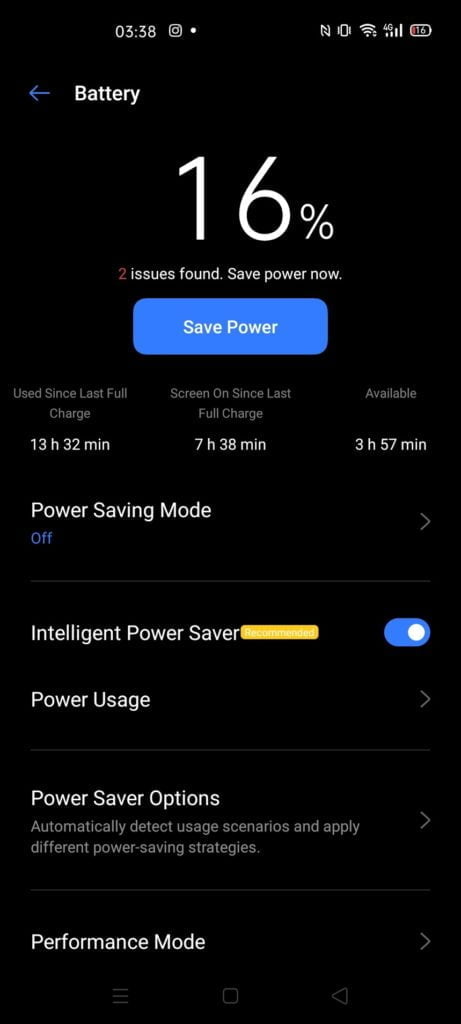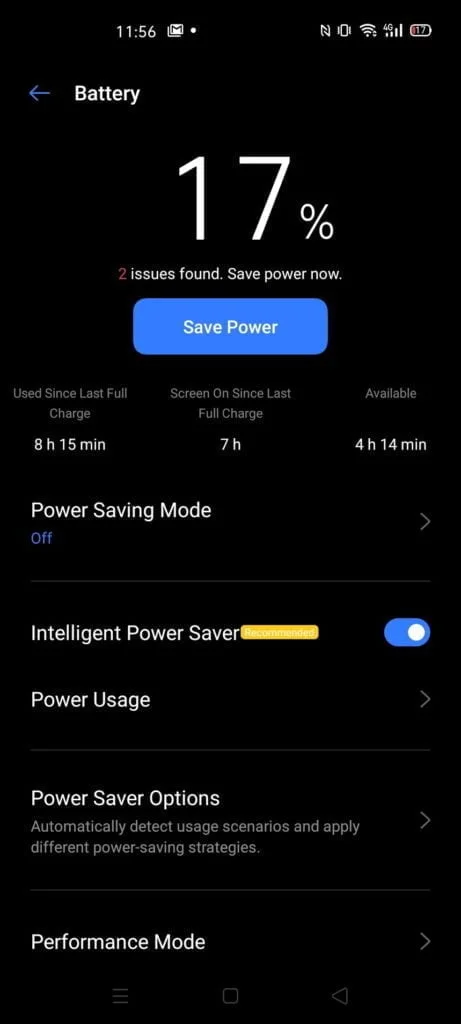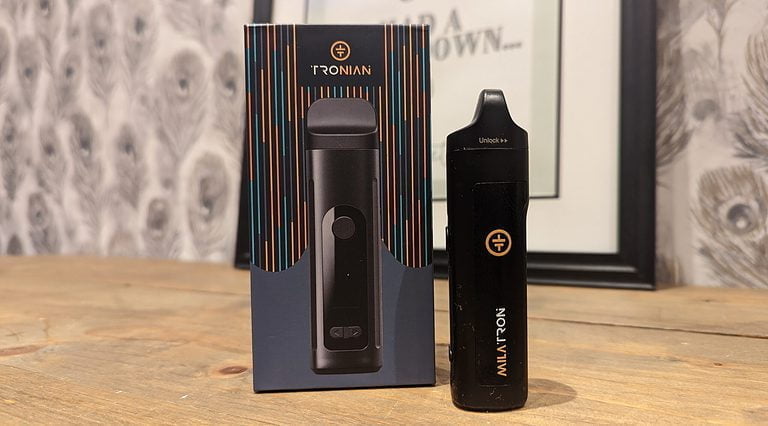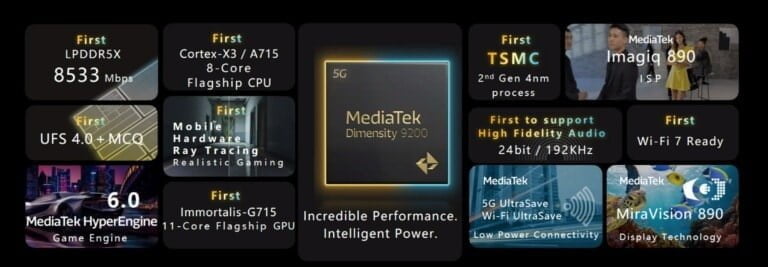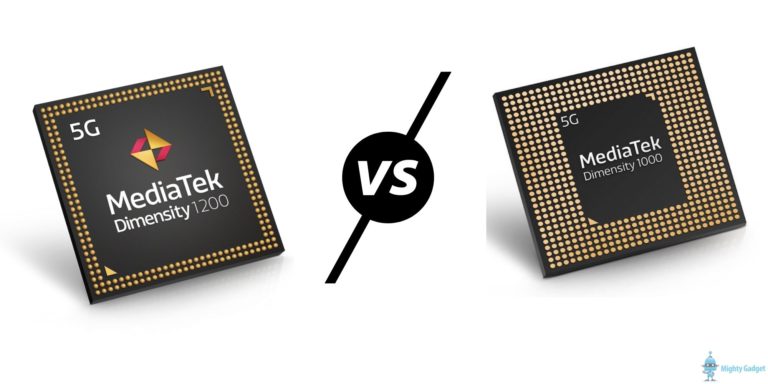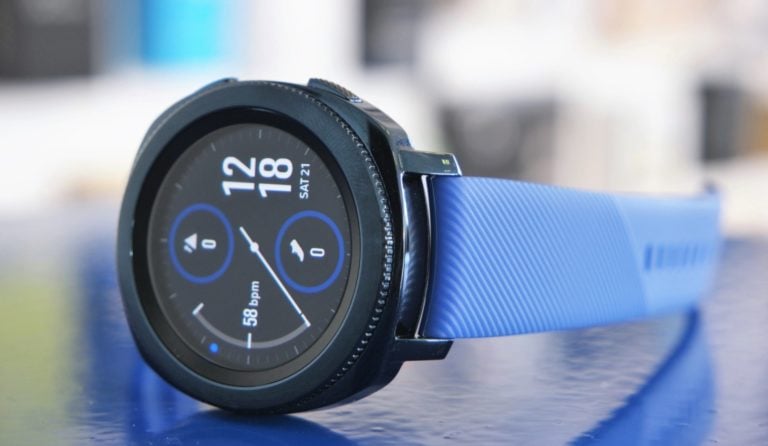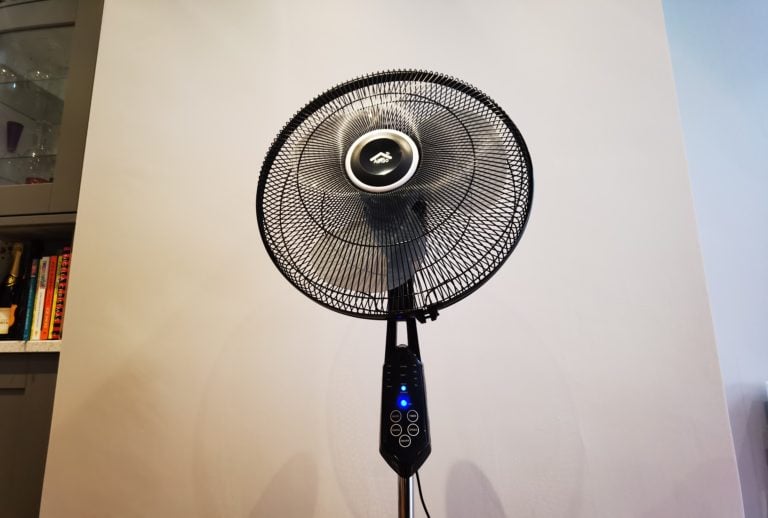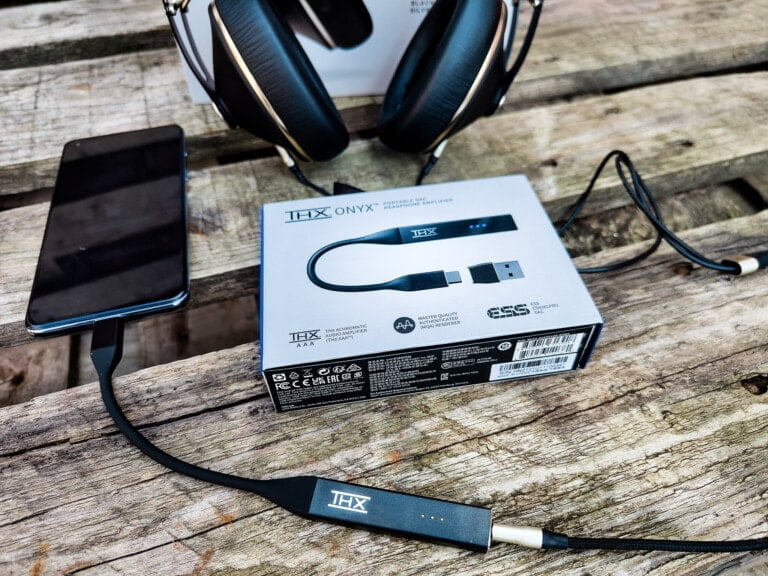Any links to online stores should be assumed to be affiliates. The company or PR agency provides all or most review samples. They have no control over my content, and I provide my honest opinion.
Recently, as part of my Huawei P40 Pro, I did a performance analysis of the Kirin 990 5G and how it compared to the previous generation chipsets.
Now I have the Realme X50 Pro I can compare two of this year’s flagship chipsets as well as comparing how the Realme X50 Pro compares to its predecessor the X2 Pro which had the SD855+.
Specification
| Qualcomm Snapdragon 865 | Snapdragon 855 Plus | HiSilicon Kirin 990 5G | |
|---|---|---|---|
| Process | 7nm (N7P) | 7nm (N7) | 7nm EUV |
| CPU Cores | Octa-Core, 64-bit | Octa-Core, 64-bit | Octa-Core, 64-bit |
| CPU | 1x Cortex A77 @ 2.84GHz 1x512KB pL2 3x Cortex A77 @ 2.42GHz 3x256KB pL2 4x Cortex A55@ 1.80GHz 4x128KB pL2 4MB sL3 @ 1.80GHz 4x128KB | 1x Kryo 485 Gold (A76) @ 2.96GHz 1x512KB 3x Kryo 485 Gold (A76) @ 2.42GHz 3x256KB 4x Kryo 485 Silver (A55)@ 1.80GHz 4x128KB | 2x Cortex-A76 @ 2.86GHz 2x Cortex-A76 @ 2.36GHz 4x Cortex-A55 @ 1.95GHz (4MB shared L3 cache) |
| GPU | Adreno 650 | Adreno 640 @ ~672MHz | Mali-G76 MP16 |
| NPU | Hexagon 698 15 TOPS AI | Yes (Hexagon 690 DSP) | 2+1 NPU with real time cloud AI |
| RAM | 750MHz LPDDR5 / 44.0GB/s | 4x 16-bit CH @ 2133 MHz LPDDR4x 34.1GB/s | LPDDR4X @ 2133MHz |
| ISP | Dual 14-bit Spectra 480 ISP | Dual 14-bit Spectra 380 ISP 1x 48MP or 2x 22 MP | ISP 5.0 |
| Modem | (5G NR Sub-6 + mmWave) DL = 7000 Mbps UL = 3000 Mbps | Snapdragon X24 LTE (Category 20) DL = 2000Mbps 7x20MHz CA, 256-QAM, 4x4 UL = 316Mbps 3x20MHz CA, 256-QAM | 5G 2.3Gbps |
The Qualcomm Snapdragon 865 was announced three months later than the Kirin 990 5G and phones featuring it not launching until February vs September of the Mate 30 Pro. This resulted in the Kirin 990 5G being based on the older Cortex A76 chipset vs A77 of the Qualcomm.
So from the get-go, we can tell the SD865 is going to be the best for raw performance in many benchmarks.
[Update] Realme X50 Pro Performance Modes
I did all my benchmarking and started writing this review with the phone as is out of the box. With it scoring very high on many tests it occurred to me that this may be running in performance mode. It turns out there are three modes on Realme devices, there is a no performance improvements mode, smart mode and performance.
Smart mode should boost the performance as and when needed for all your daily tasks. But in benchmarks such as the PC Mark 2.0 work test it locks the CPU frequencies at max which is unlikely to be something that happens for your day to day email and social media. So I have redone a lot of the tests to give a better idea of what is going on.
I don’t have any other Snapdragon 865 phones to compare the data against but I hope to within the next couple of weeks.
All phones do this to a certain extent and Mediatek have just been caught out for applying performance boosts in benchmarks with no way for the user to disable it.
Antutu Benchmarks
| Realme X50 Pro | X50 (low power) | Realme X2 Pro | Huawei P40 Pro | |
|---|---|---|---|---|
| Total | 591514 | 515906 | 491567 | 498283 |
| CPU | 179798 | 140188 | 147212 | 149923 |
| GPU | 219224 | 211637 | 191488 | 176913 |
| Mem | 104659 | 92881 | 80474 | 100022 |
| UX | 87833 | 71200 | 72393 | 71425 |
Not only is the Qualcomm Snapdragon 865 an absolute beast on the Antutu benchmarks, the Realme X50 Pro comfortably sits close to the top performance from any phone with this chipset. My model achieved a score of 591514, which is 5% higher than the official highest score on Antutu from the Galaxy S20 Ultra 5G (865).
Its score is high enough that it did raise a couple of concerns for me, that maybe they were artificially inflating the result. Within the settings, the phone has three performance options, efficient, smart, and performance mode. The performance mode is standard on a lot of phones now, but this is the first time I have seen smart. So, I ran the benchmark again with the three different power options.
It would appear that the X50 applies a boost in this benchmark during normal use with my score in the normal mode being higher than the performance mode. In reality, what likely happened is after running 3 tests, the performance mode suffered from thermal throttling.
The result of this test means smart mode and performance mode achieve a score almost 15% higher than the efficiency mode.
Even when running the phone in its efficiency mode the Qualcomm Snapdragon 865 still outperforms the Kirin 990 5G with a 4% gain.
Geekbench Benchmarks
| Realme X50 Pro | X50 (power saving) | Realme X2 Pro | Huawei P40 Pro | |
|---|---|---|---|---|
| Single Core | 914 | 752 | 706 | 748 |
| MultiCore | 3200 | 2667 | 2313 | 2928 |
Similarly, in Geekbench there are massive gains from the previous generation and compared to the Kirin and again this is also affected by the power modes.
On the single core test, you are looking at a 29% improvement compared to the SD855+ and a 22% improvement over the Kirin 990.
For the multicore that is then a massive 38% increase compared to the SD855+ but less impressive compared to the Kirin 990 5G with a 9% advantage.
3D Mark
| Realme X50 Pro | Realme X50 Pro (low powered) | Realme X2 Pro | Huawei P40 Pro | |
|---|---|---|---|---|
| Sling Shot Extreme Open GL | 7213 | 6845 | 5761 | 5700 |
| Sling Shot Extreme Vulcan | 6609 | 6164 | 4921 | 5427 |
Again, two different results depending on the mode with a 5% to 7% difference in the two results. In theory, gaming is one of the areas the smart mode should boost things for real-world usage, so the higher result here will hopefully correlate to actual gaming.
In the worst case scenario that is still an 18% and 25% improvement over the SD855+ and a comfortable 13% and 20% advantage from the Kirin 990 5G. So it is still the best chipset no matter what power mode you use.
Using the higher figure that expands to a 25% and 24% improvement from the SD855+
PC Mark Work 2.0
- Realme X50 Pro 13307
- Realme X50 Pro (low power): 8839
- Realme X2 Pro:12701
- Huawei P40 Pro: 9481
This result was a little startling with a massive 50% difference in performance – but it is hard to tell exactly how this would correlate to day to day usage.
Looking at the graph, you can clearly see the CPU clocks fixed at over 2Ghz whereas the low power mode has then has the clocks jumping up and down, typically sitting at under 1.6Ghz. With the P40 Pro, the CPU clock almost never hits 2Ghz looks like it rarely goes about 1.5Ghz.
For reviews of other SD865 phones they typically score 11k or higher with the Samsung S20 with the SD865 achieving 11586.
If anything this is an argument for keeping the phone in low power – both the X50 Pro in low power and P40 Pro run amazingly as they are so you may as well get a bit more battery from it during day to day usage.
PC Mark Battery
I am redoing the battery test in the low powered mode to see how much that really affects things, but as we can see, the Huawei with the same size battery outclasses the Realme considerably. This could be Huawei with their aggressive power management and other optimisations, or it could be the Realme consistently running things focussed on performance vs efficiency.
As usual I did two tests, one with screen brightness at max with the refresh rate at 90Hz, the second at 60Hz and 50% brightness. The results in smart mode are OK but the similar screen on time could be an indication of the Realme running the chipset at fixed frequencies in the background. I will update with the low power data tomorrow.
Androbench
| Realme X50 Pro | Realme X2 Pro | Huawei P40 Pro | |
|---|---|---|---|
| Seq Read MB/s | 1678 | 1369 | 1807 |
| Seq Write MB/s | 736 | 388 | 392 |
| Rd Read IOPs | 52139 | 44332 | 56768 |
| Rd Write IOPs | 56015 | 42524 | 66295 |
| Rd Read MB/s | 203 | 173 | 221 |
| Rd Write MB/s | 218 | 166 | 258 |
The X2 Pro had a base model using UFS 2.1, but the model I was sent was one of the first phones to have UFS 3.0. Even though the two Realme phones use the same technology, we see a significant performance improvement from the X2 Pro.
The P40 Pro offers similar performance, slightly ahead in all the tests but quite a bit behind on the sequential write test.
The X50 Pro performance did dip in its low powered mode, with the random read/write performance taking the biggest hit, but sequential read actually went up
AI Benchmark
- Realme X50 Pro: 42440
- Realme X2 Pro: 33036
- Huawei P40 Pro: 104488
Each time I test a phone with AI Benchmark I dislike it more. The results are heavily skewed in favour of the FP16 score which then gives Huawei phones and absolutely ridiculous performance advantage over other Qualcomm chipsets.
I don’t know enough about AI to understand how much FP16 would affect your real-life usage. In this scenario, the P40 Pro scores 146% higher than the Realme X50 Pro with the SD865.
Comparing generations is a little more accurate, and we can see a 28% improvement form the SD55+
Overall
There is no denying the Realme X50 Pro with the Qualcomm Snapdragon 865 is extraordinarily powerful, there is nothing it won’t handle.
The three performance modes make things a little confusing. All phones will boost their performance dependant on the application, which makes sense, as this is needed for gaming. However, how much these boosts affect synthetic benchmarks vs real-world usage is hard to test. The massive difference in processing performance vs battery life could be an indication the SD865 is being consistently run at higher levels of performance across applications.
I should soon have the Black Shark 3, which will allow me to get a better idea how the performance modes affect things. I will hopefully see similar results in the standard mode of the Black Shark 3 as I do with the smart mode of the Realme X50 Pro.
After checking the Realme X2 Pro that was also running in smart mode.
The Kirin 990 5G is no slouch, it is flagging a little as a result of its earlier launch. I doubt you would notice any difference in day to day usage.
One thing you will notice in the real work is battery performance. The Huawei P40 Pro is the clear winner here, but this won’t be completely due to the Kirin 990 but a combination of software and hardware optimisations. The integrated 5G modem on the Kirin should give it a bit of an efficiency edge though.
As a result of the performance differences in both battery and processing, unless you game a lot, I would be inclined to run the X50 pro in its low power mode permanently. I doubt you would notice any difference in usage.
The Snapdragon 855 Plus is still an incredible chipset, and if you are not too fussed about 5G, I would seriously consider it over this year’s phones due to the inflated price of the SD865.
For example, you can pick up the Realme X2 Pro for 399 Euros with 8GB/128GB the overall specification is hardly any different, the rear cameras are almost the same and only minor changes elsewhere. The Realme X50 Pro will be 599 Euros when it is launched soon. Quite a big difference.
I am James, a UK-based tech enthusiast and the Editor and Owner of Mighty Gadget, which I’ve proudly run since 2007. Passionate about all things technology, my expertise spans from computers and networking to mobile, wearables, and smart home devices.
As a fitness fanatic who loves running and cycling, I also have a keen interest in fitness-related technology, and I take every opportunity to cover this niche on my blog. My diverse interests allow me to bring a unique perspective to tech blogging, merging lifestyle, fitness, and the latest tech trends.
In my academic pursuits, I earned a BSc in Information Systems Design from UCLAN, before advancing my learning with a Master’s Degree in Computing. This advanced study also included Cisco CCNA accreditation, further demonstrating my commitment to understanding and staying ahead of the technology curve.
I’m proud to share that Vuelio has consistently ranked Mighty Gadget as one of the top technology blogs in the UK. With my dedication to technology and drive to share my insights, I aim to continue providing my readers with engaging and informative content.

